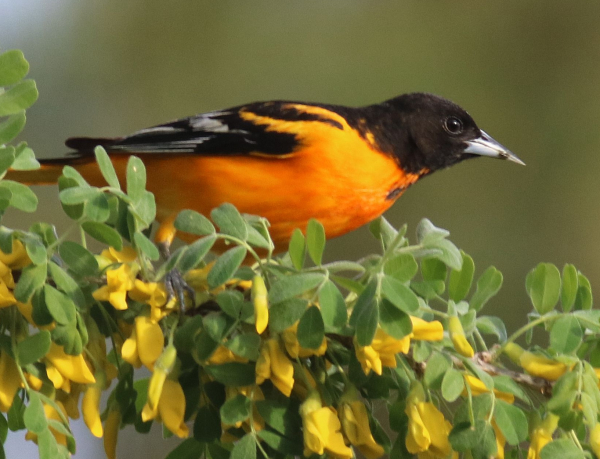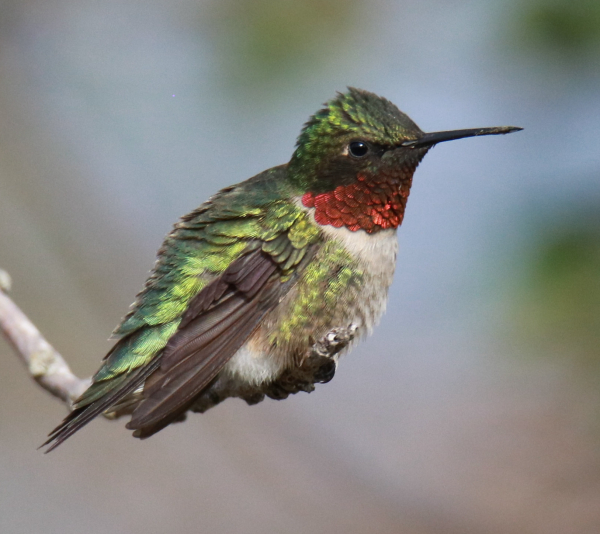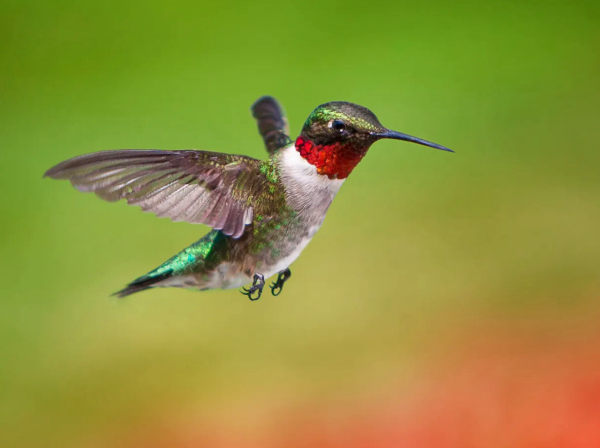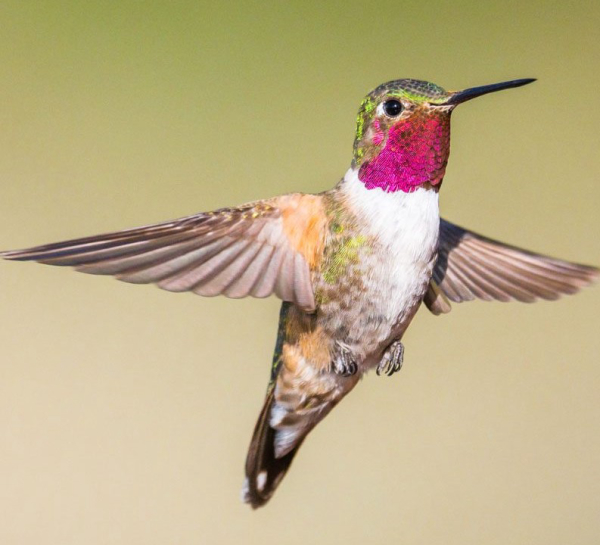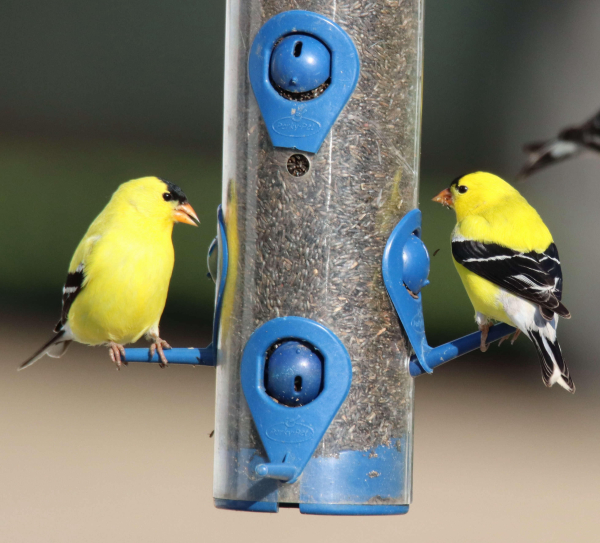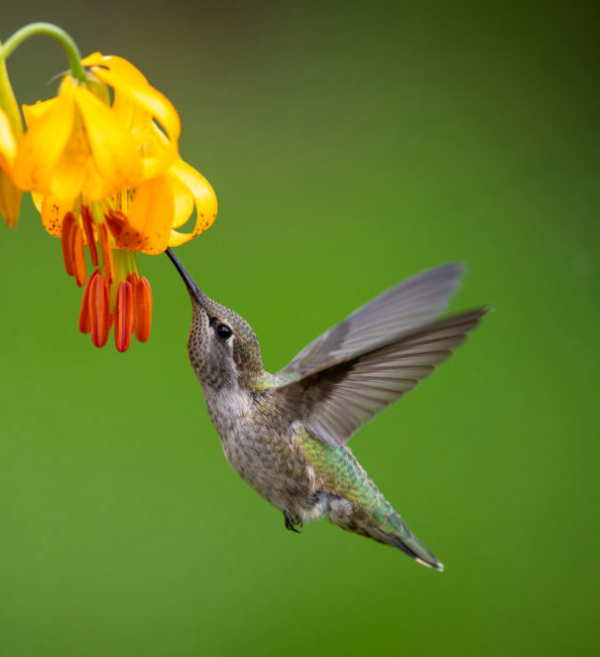Evaluate Your Yard This Summer
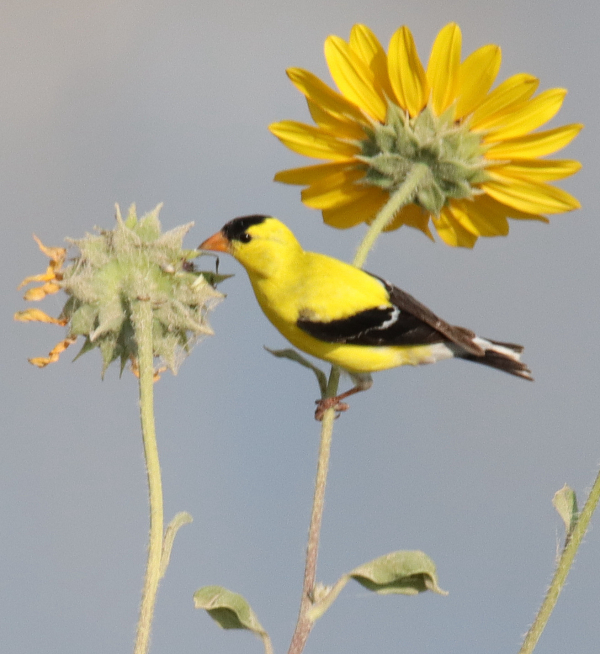
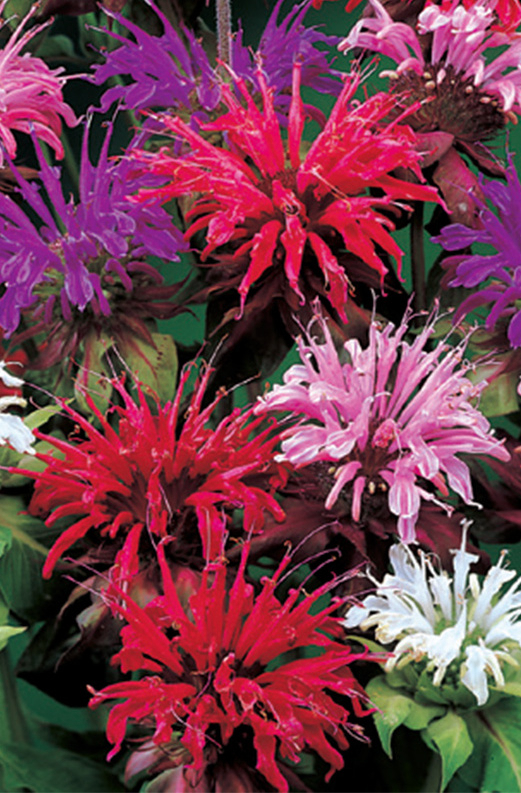
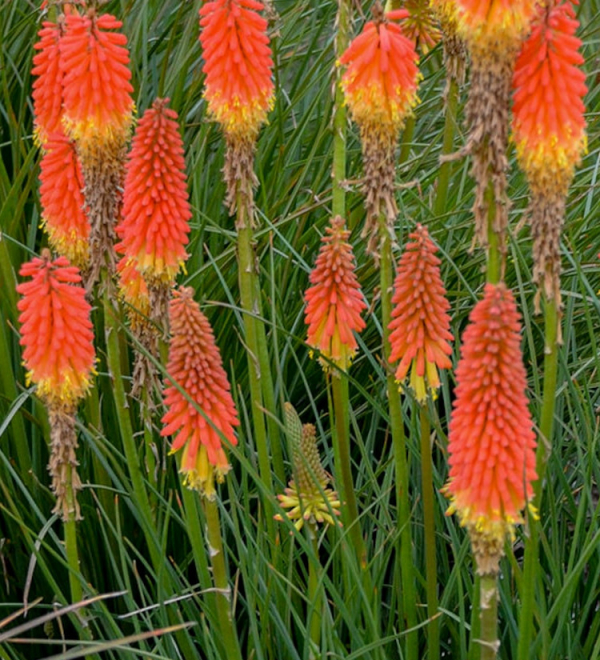
It’s a great time to take a second look at your yard with birds in mind now that the summer growing season has provided what may be the peak of greenery in your trees, shrubs, garden, and lawn, and while many of your flowering plants are in bloom as part of a succession of plants in flower – with more on the way. Take it all in, and at the same time, remember your spring flowering trees and the birds that were attracted, and think about the flowers that have attracted the most hummingbirds. Remember the tall grasses and flowering plants that provided winter and early spring forage and cover for birds, and consider how you can improve and expand on your successes.
How has your yard measured up to your spring expectations for the summer months? Actually, the days of summer also provide a chance to make some improvements for the weeks and months ahead while evaluating how bird friendly your yard is today. Even if you are happy with the looks of your yard, your surroundings, that’s great; and some little improvements can make it a bit more attractive to birds – now, and during seasons to follow.
For example, if you’re in a gardening mood, it’s easy to add a few more square feet of nectar-producing flowering plants, or seed producing sunflowers; consider making a new mini-flower garden in the shape of a circle or oval, on the edge of other landscaping, or even in the midst of a open lawn space. Maybe you will be enticed to repeat the process another time to make 2 or more new stands of flowering plants. You can also easily replace some plants that didn’t work out as you hoped, or that are out of season now. It’s also easy to permit some more square feet of lawn on the edge of some bushes or adjacent to a tree to grow to full size and seed – the taller grass will provide a bit more cover and grass seeds for birds too.
Another simple way to add bird-friendly value to your yard is to add a new large decorative flower pot, or a trio of pots that you can display together, perhaps 3 of the same color in tall, medium, and short sizes. Or consider adding a spot of color with a glazed pot, a terracotta pot, or a painted pot with a Euro theme or Latin flare to fill with favored flowers or even a hummingbird vine.
It’s also a good time to reassess the look of your feeding station. Maybe add some color and decoration by surrounding your feeding station with a few flower pots, or some natural elements like large rocks, driftwood, different sizes of cut stumps, or anything else you choose creatively.
If you have a no-water yardscape, most popular in the Southwest, you may attract a different species or 2; any yard anywhere can benefit from an area of xeriscaping, with some natural-looking decorative pebbles or gravel as a base and a mix of succulents in a sunny location – perhaps in an area where your lawn tends to dry out. A little open desert scene can be quite attractive, even in the midst of a mostly green yard.
We like to break up our yard’s lawn with a variety of landscaping features, including those described above. The square footage dedicated to mowed lawn gets a little smaller each year, and now lawn makes up about 40 percent of our overall yard. Now we are thinking ahead with an interest in adding a little stand of aspen trees – 3 or 4 together – and some berry bushes, when the cooler weather of early fall approaches, along with more colorful perennial flowering plants – likely a stout garden of red Bee Balm plants with a couple pink Bee Balms on the edges.
We hope we started you creative juices flowing with these few thoughts to ponder as you relax in your yard on a lawn chair or a balcony lounger. Before your catnap in that comfy chair, ponder the next outdoor improvements you can make to attract more birds next week, this fall, and next year. By next summer your ideas and activities implemented now will grow into beautiful new additions to your birdscaping – improvements that you, your family, and your neighbors may enjoy even more than the birds.
Share your backyard birding experiences and photos with The Birding Wire at editorstbw2@gmail.com


